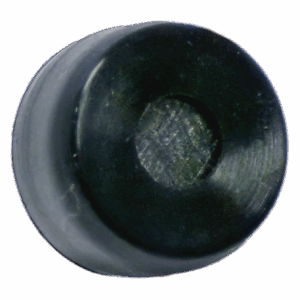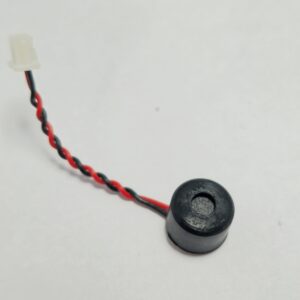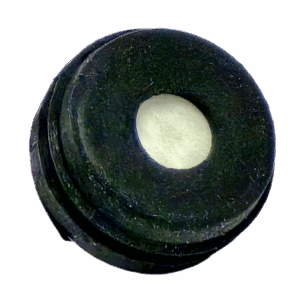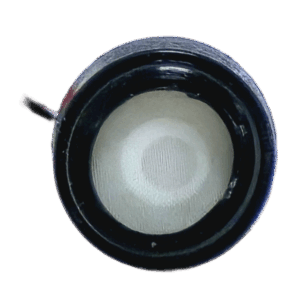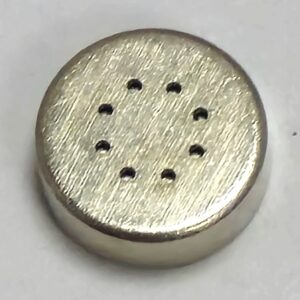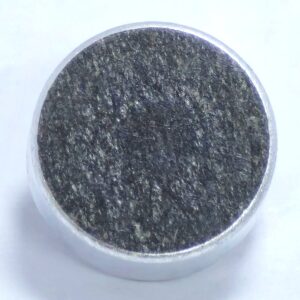
Microphone
A microphone is a device that converts sound waves into electrical signals. The diaphragm that vibrates when sound waves hit it, and a mechanism that converts the vibration into an electrical voltage output.
An electret condenser microphone is a type of microphone that uses a permanently charged material called an electret as the diaphragm or the back plate of the microphone capsule. Electret condenser microphones are widely used before MEMS microphones emerged in the market.
A MEMS microphone is a microphone that uses a MicroElectroMechanical System (MEMS) device as the sensing element. A MEMS device is a tiny structure that integrates mechanical and electrical components on a single chip, including the sensing MEMS and ASIC. Usually the technology is capacitive.
In terms of an ECM, it’s easy to mount with pin type, SMD type, wire type and connector type options. It can be flexibly mounted on product housing. The technology is mature and the cost is lower than most of the MEMS counterparts. Also the relative circuit is simpler to implement, whereas MEMS counterparts need sophisticated circuit design especially for DMIC. Only a few certain types of ECM outperform MEMS microphones in terms of frequency response flatness and stability. Those are measurement microphones used in acoustic labs, testing sites, studio recording or broadcasting.
In terms of MEMS microphone, internal noise is often lower and the SNR, AOP can be made higher. Especially in DMIC the signal chain is more resistant to RF interference. Other prominent advantages are that it can withstand EMI, unfavorable temperature and humidity changes. Also, the size is much smaller than ECM, and can be fit into wearables like earphones, glasses and watches, where miniature footprint is requested.
Read more



